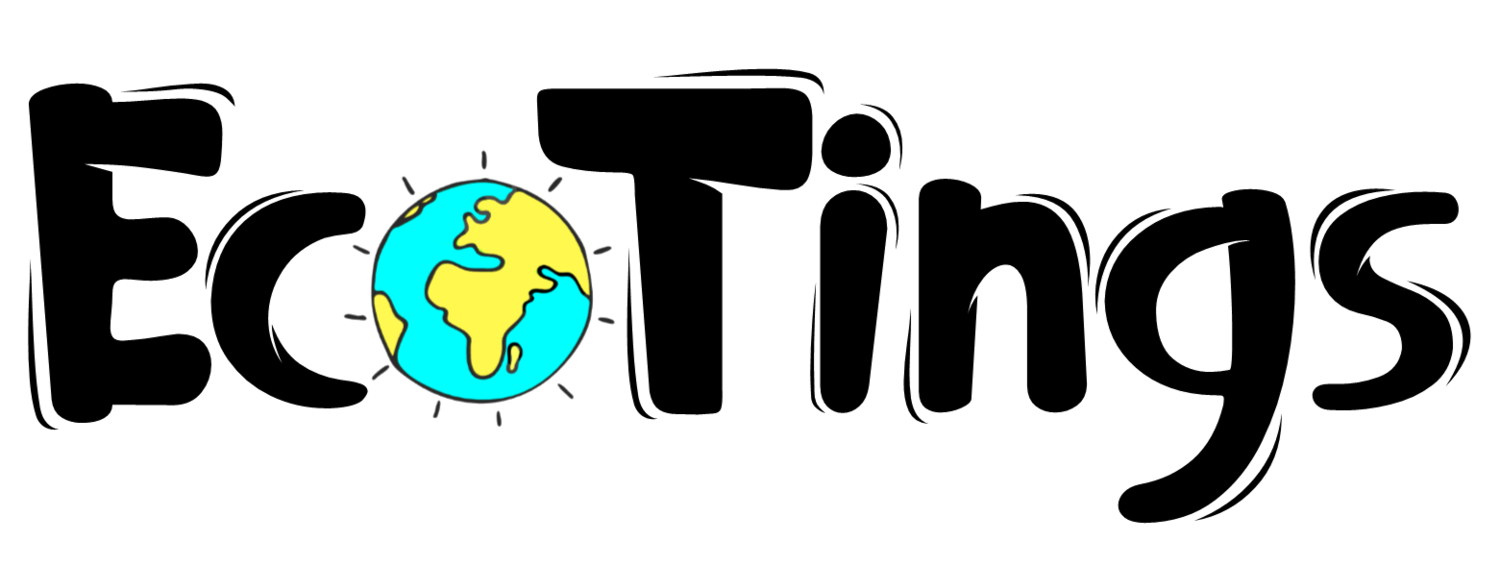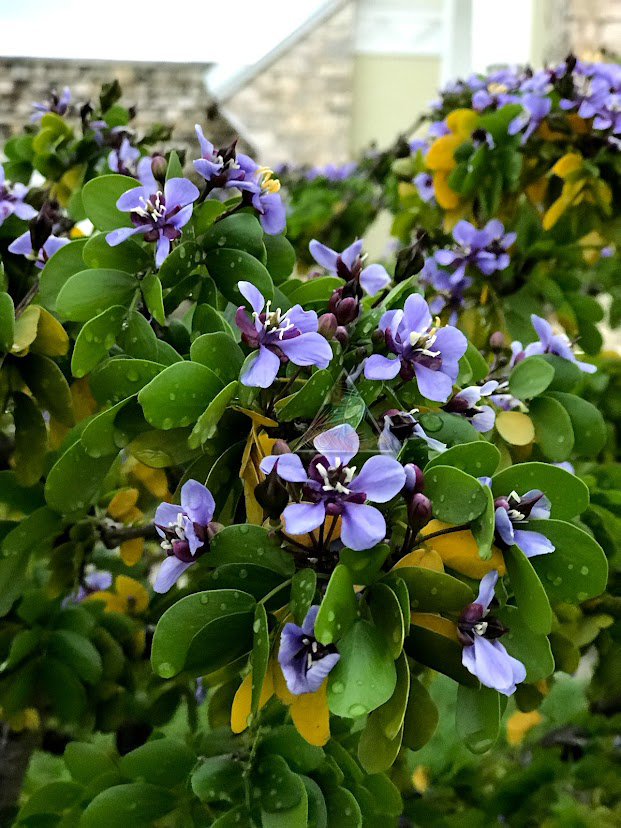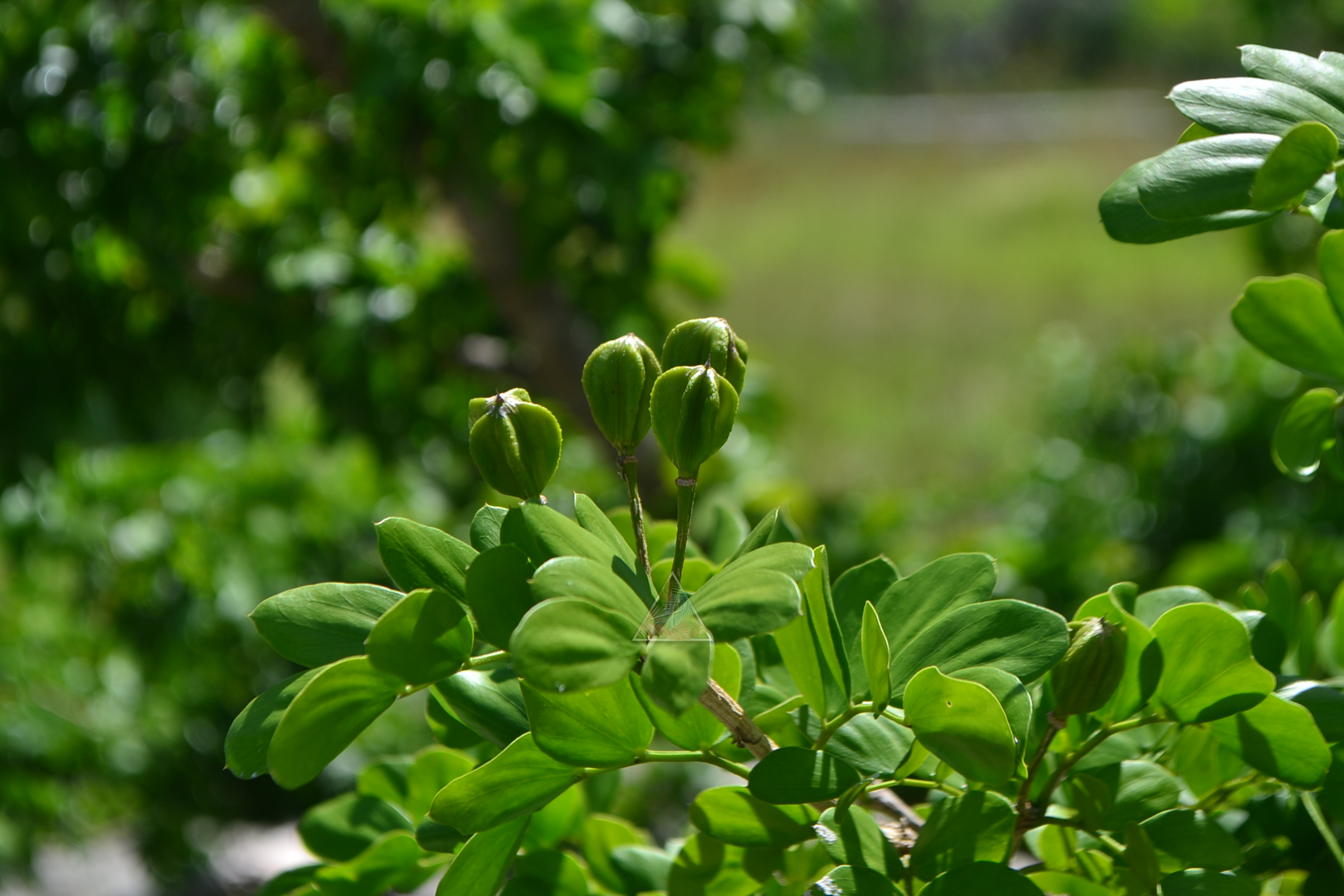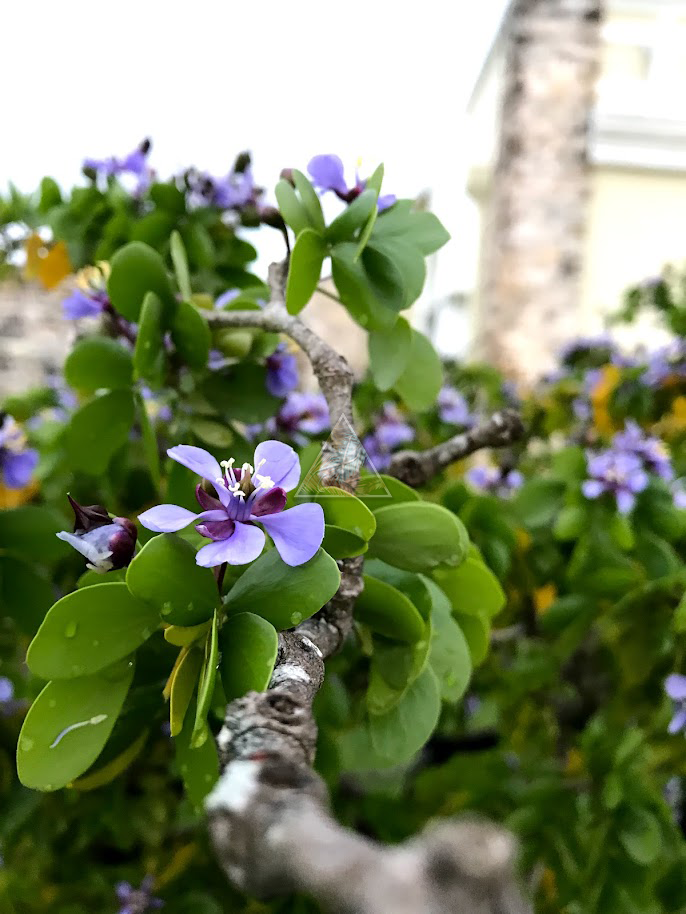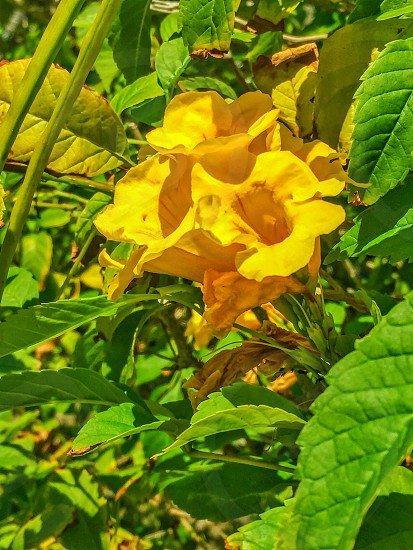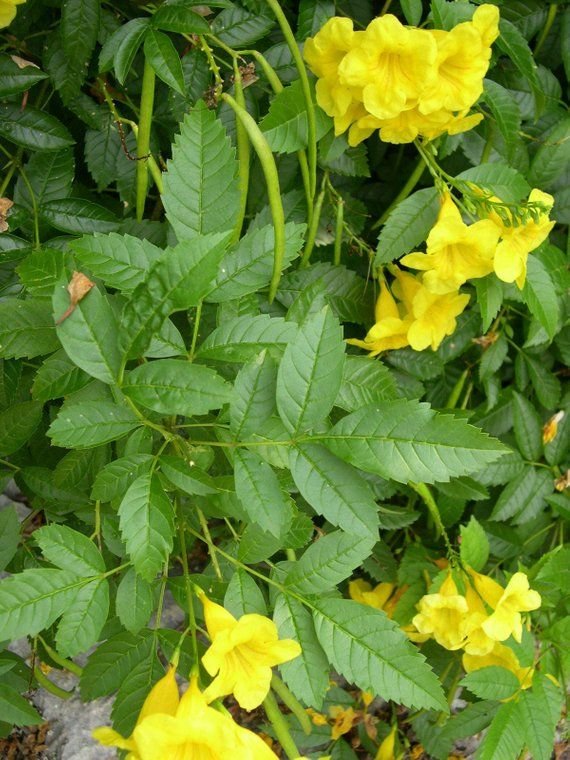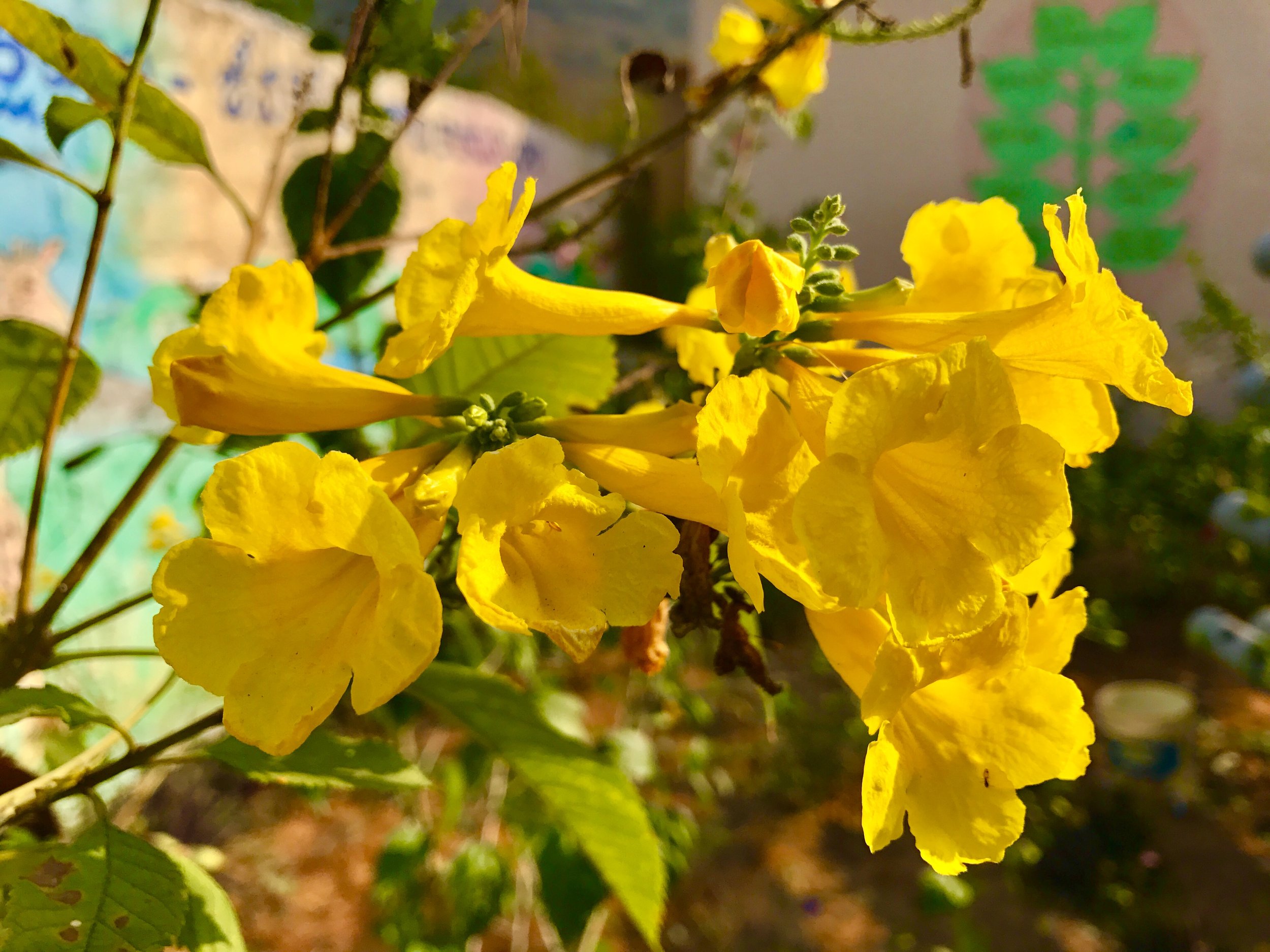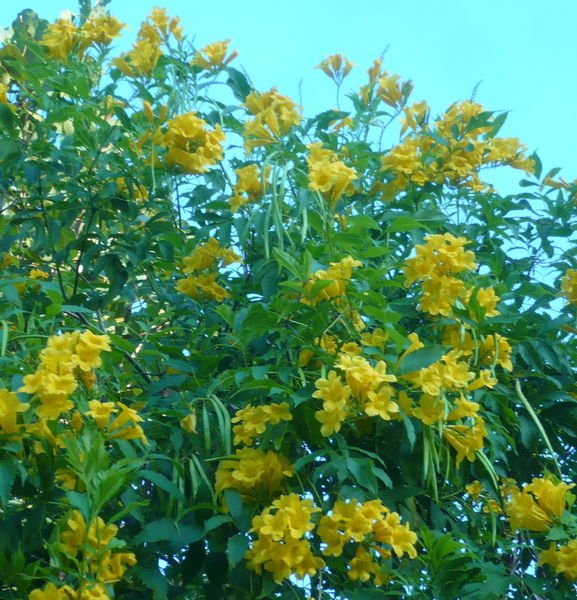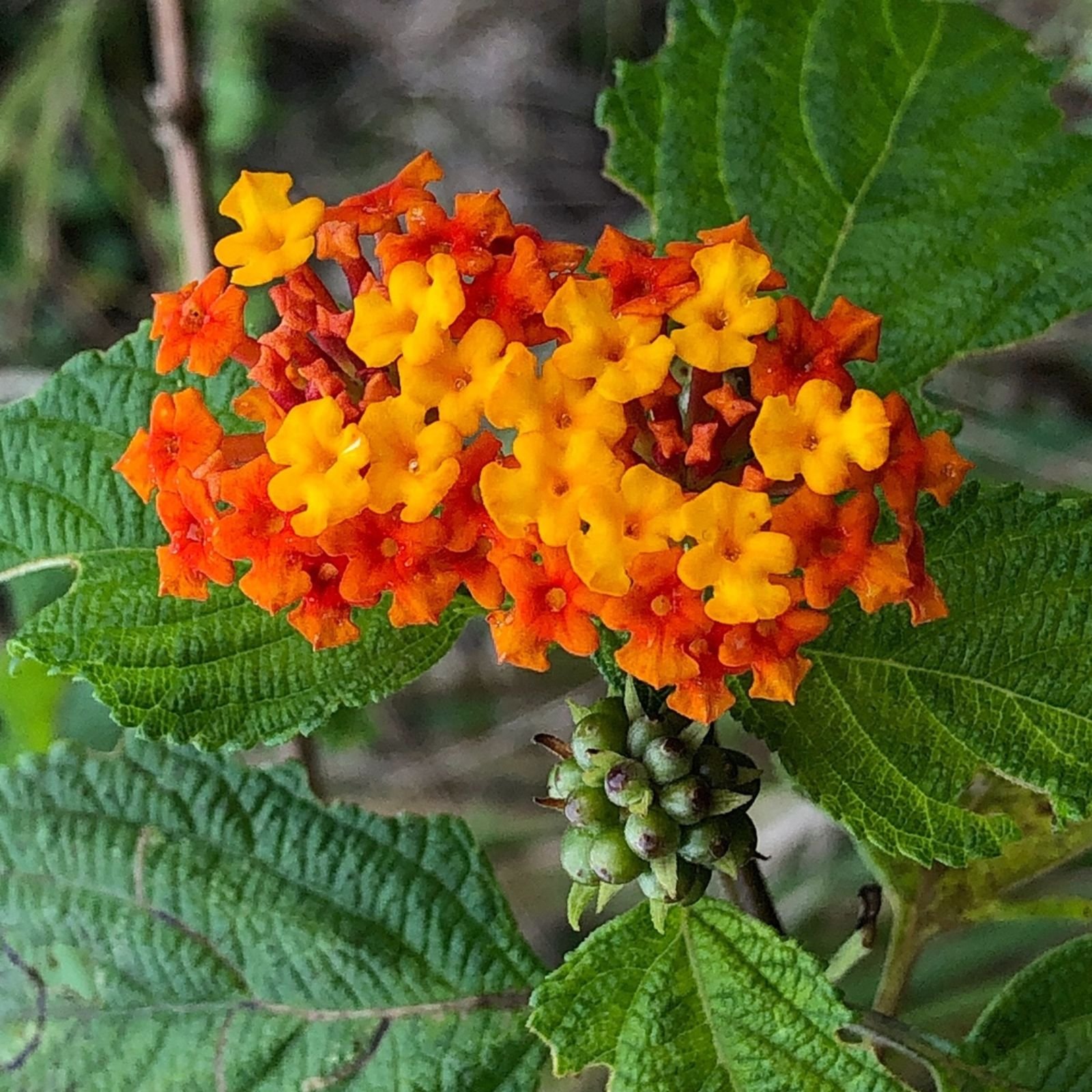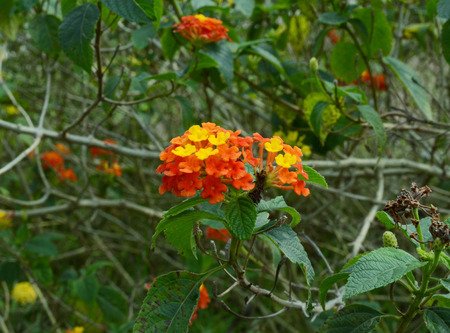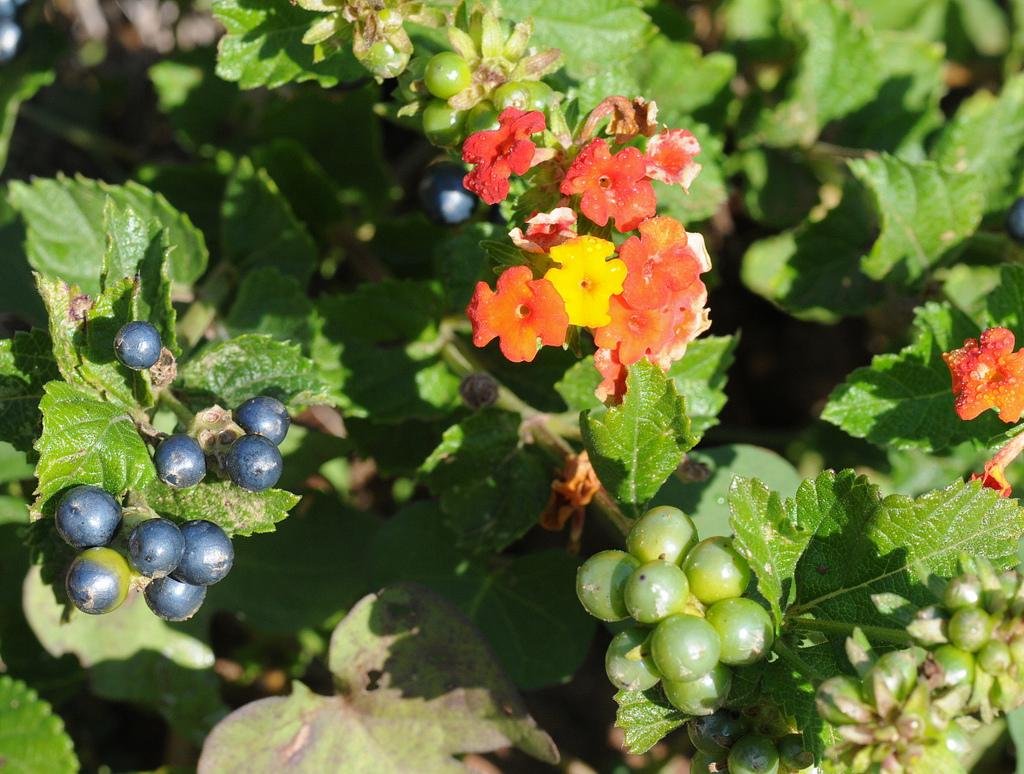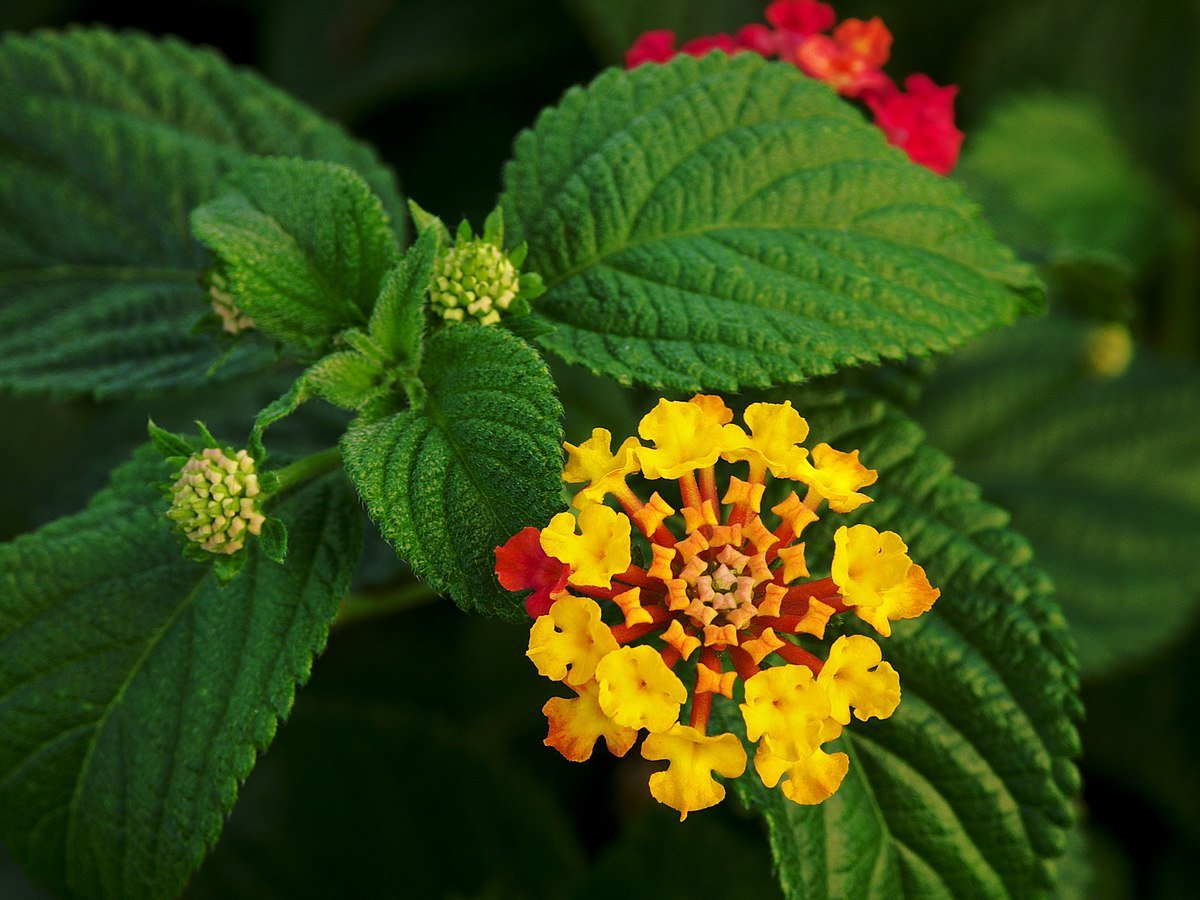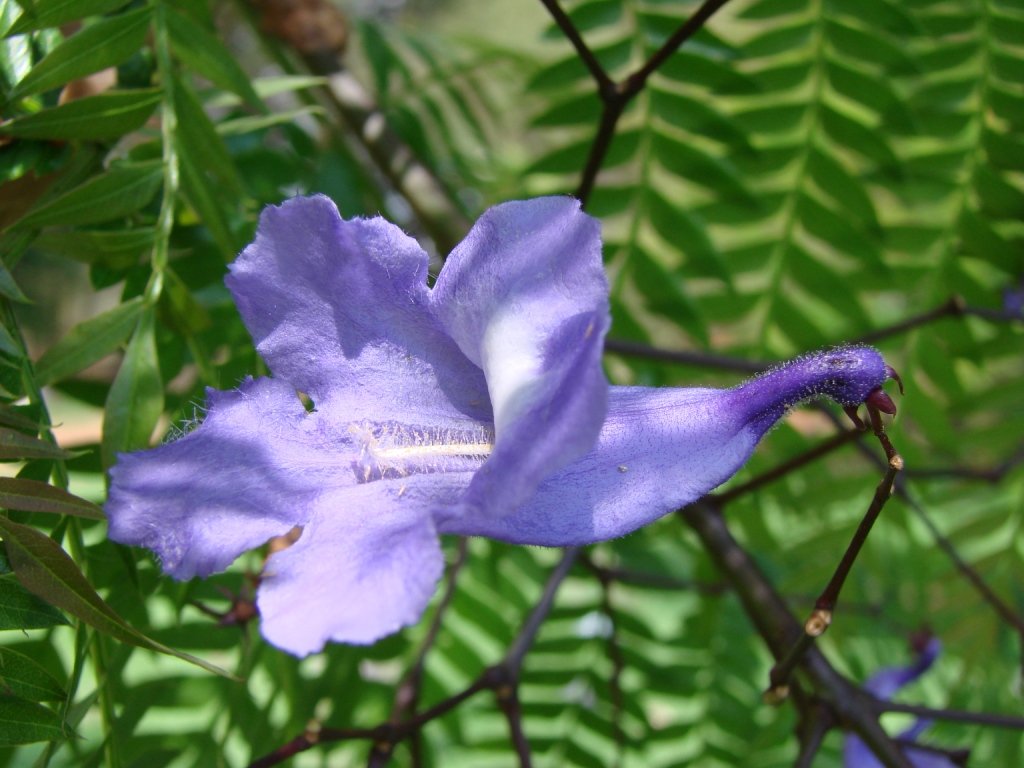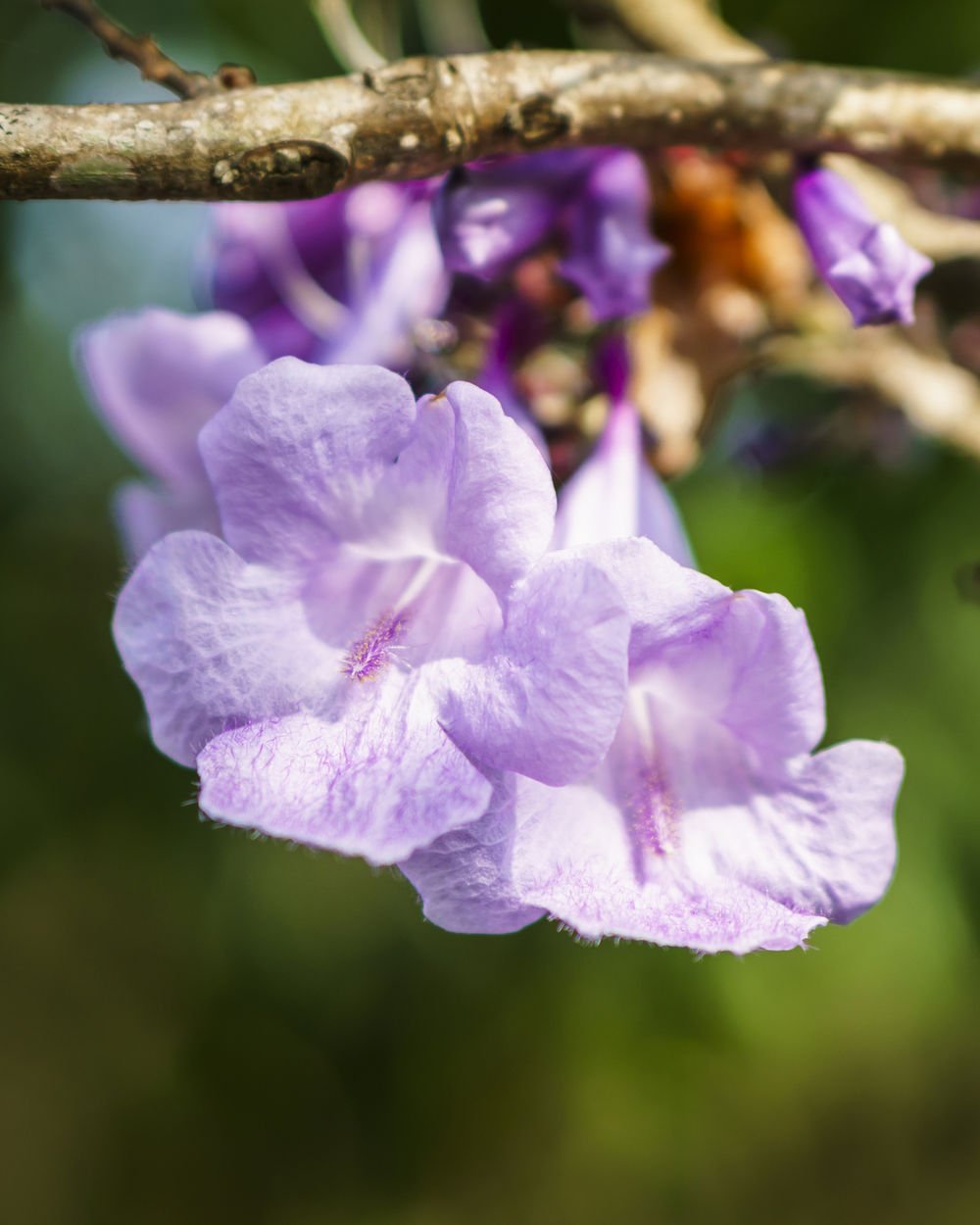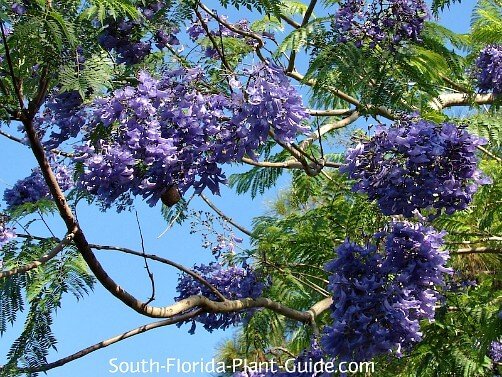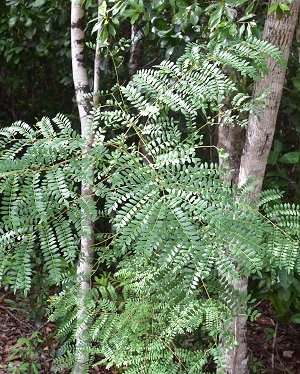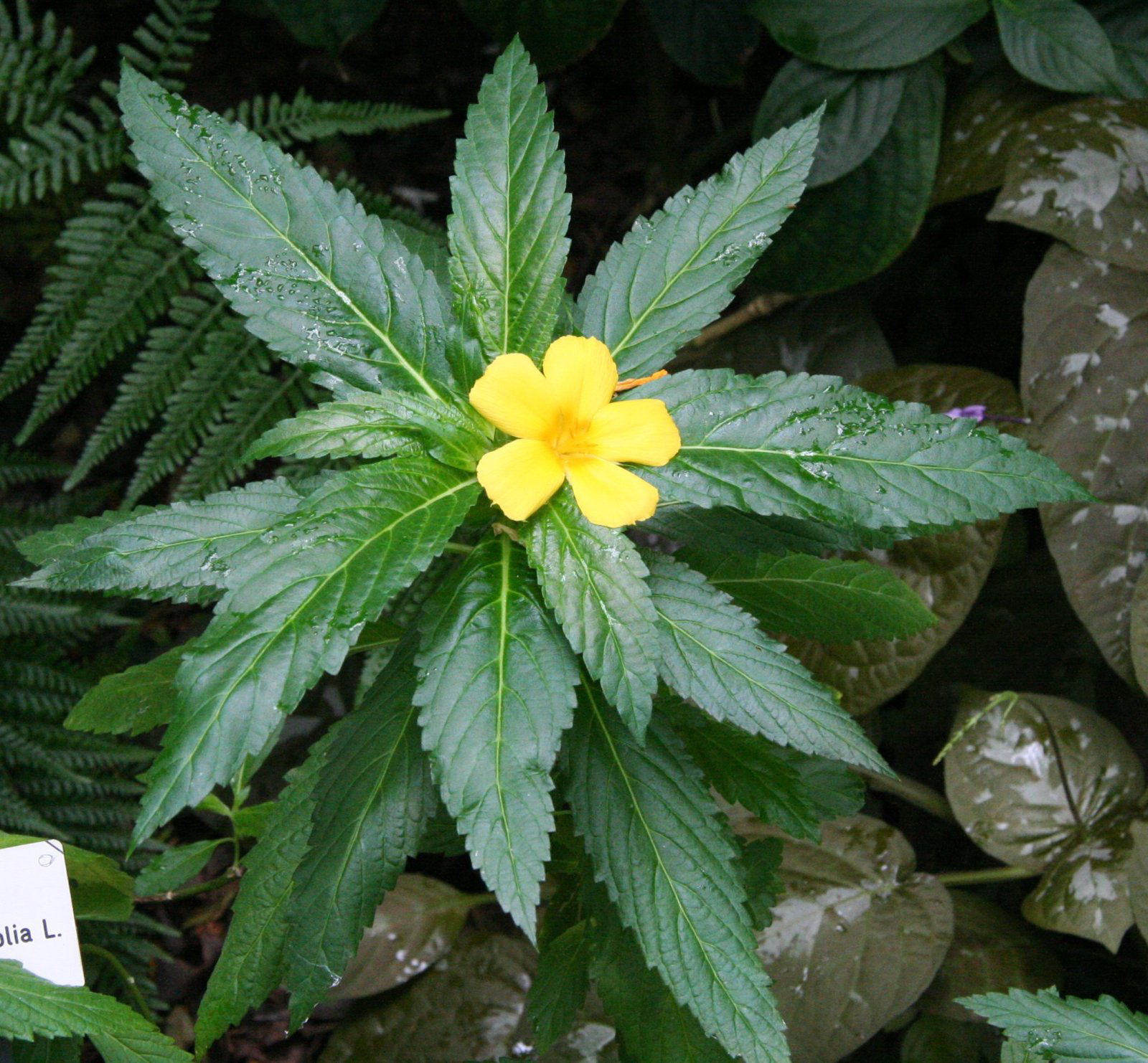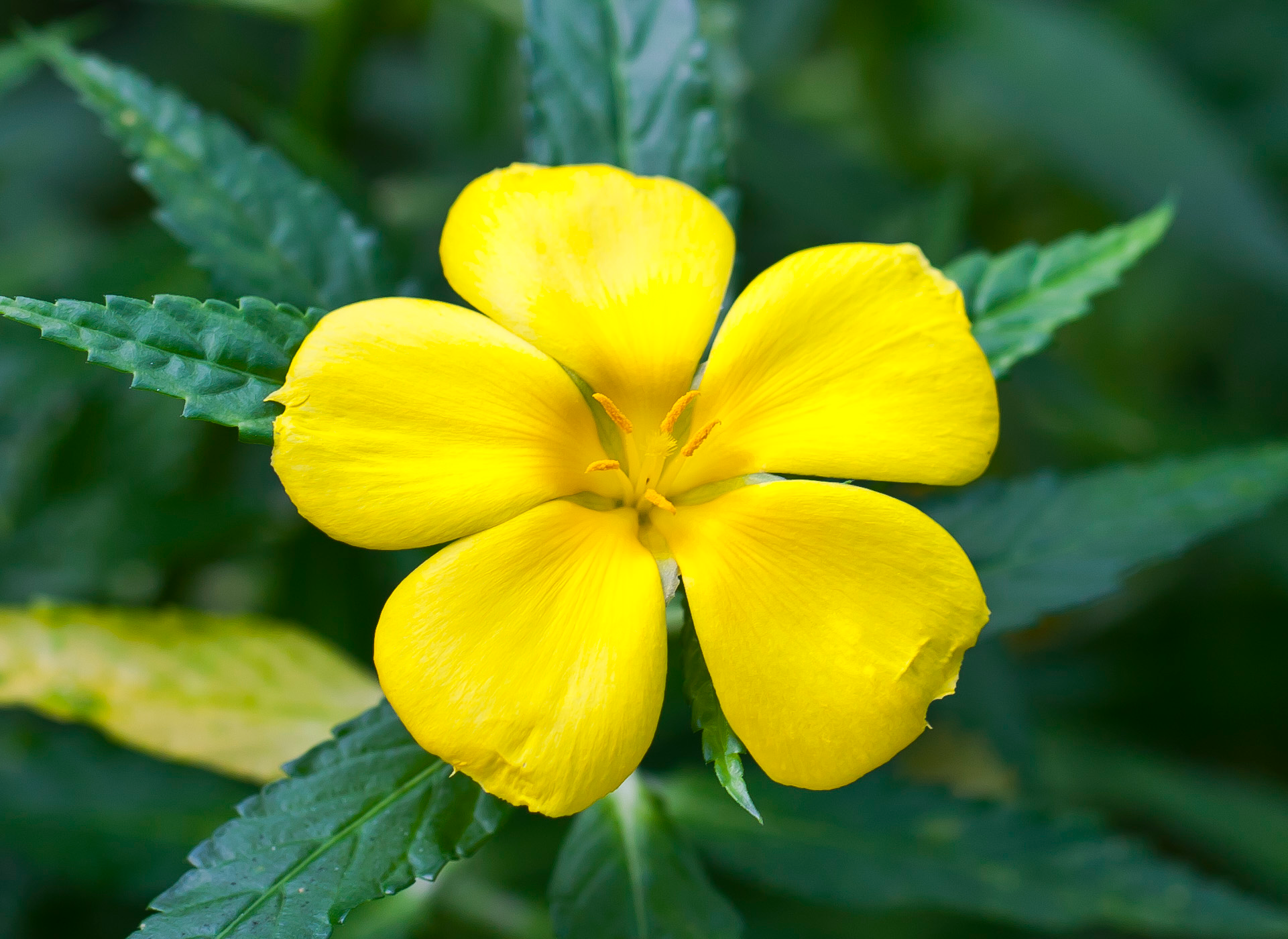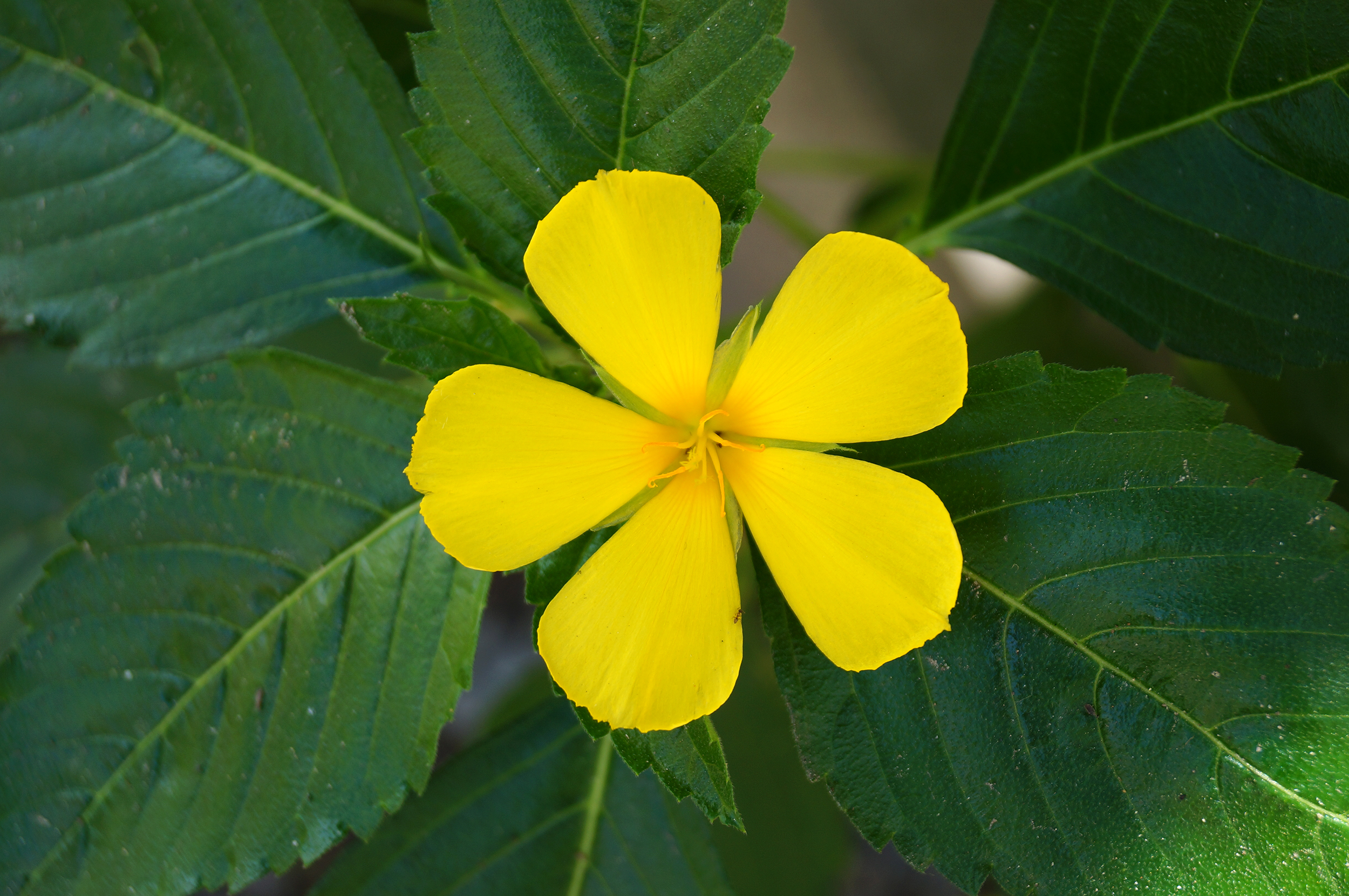Native Bahamian Plants: Volume 2 - Flowers
Welcome! In Volume 1 we covered 4 native Bahamian plants, some of which had medicinal values. The Bahamas has many native plant species. Some of these plants are endemic to our archipelago (the Lucayan Archipelago), which means that they are not found any where else in the world. In Volume 2, we’ll be learning about 5 Native flowers. We’ll learn their names, where they are found and what benefits they have, because almost all Bahamian plants have medicinal/health benefits.
Lignum Vitae (Guaiacum sanctum)
The Lignum Vitae is the National Tree of The Bahamas. This tree grows as a shrub or a small tree up to ~30ft tall and can be found throughout the Lucayan Archipelago (The Bahamas and the Turks and Caicos Islands), The Caribbean, Central America, South America and Florida.
The Lignum vitae has been used historically for wood working to create furniture, bowling balls, bowls and in boat making. The wood of the Lignum Vitae is said to be the densest and hardest known wood. This dense, slow growing tree also produces beautiful blueish purple flowers. The flowers have 5 petals and an orange fruit.
This plant is used medicinally throughout the country to treat fever, body and joint pains, syphilis, fish poisoning and as an ingredient in nourishing teas. If you are pregnant, avoid drinking tea from the boiled leaves of this plant because it may result in a miscarriage.
The Lignum Vitae is a protected tree and is also the National Flower of Jamaica. Many Bahamians claim they rarely see the Lignum Vitae. So, next time you are planting a tree, plant a Lignum Vitae.
2. Yellow Elder (Tecoma stans)
The Yellow Elder is the National Flower of The Bahamas and can grow as a shrub or a small tree. These beautiful yellow flowers grow in clusters and have small seed pods that turn brown at maturity. It is commonly seen growing in the wild in coppice forests, human disturbed areas and even on developed properties has hedges or for beautification.
This plant is found throughout the Lucayan Archipelago, The Caribbean and Florida.
The Yellow Elder is a fan favorite because of its vibrant, yellow flower clusters and its low maintenance requirements. Yellow elders can withstand drought and are semi-salt tolerant. Additionally, these plants can be grown from seeds or from cuttings. If you’re looking for a plant for your hedges or a statement tree, look no further.
There are currently no known medicinal uses for Yellow Elder in The Bahamas.
3. Wild Sage (Lantana bahamensis)
Wild Sage is the brightly colored, smaller cousin of White Sage. It has been used medicinally in The Bahamas for decades to treat skin issues like chickenpox, poison wood rashes and general itchy skin. The leaves can be boiled to make a tea that can be used as a strength booster and an aphrodisiac.
Wild Sage lives by its name and grows almost anywhere, from cleared lots, to the side of the road and even randomly in the coppice forests. This fragrant plant can be found throughout the Lucayan Archipelago as well as in Cuba.
Please note, there are similar Lantana plants with different color variations. However, some (Red Sage Brush - Lantana camara) are not native to The Bahamas.
Wild Sage works great as a landscaping plant and will attract flower loving animals like hummingbirds, bees and butterflies.
4. Jacaranda (Jacaranda caerulea)
Jacaranda is also commonly known as the Cancer Tree. This beautiful tree can be mistaken for a purple Poinciana Tree. This is NOT a Poinciana Tree. Jacaranda, unlike the Royal Poinciana, is native to the Lucayan Archipelago, the Caribbean, some parts of South America and some parts of North America. Jacaranda is a relative of the Yellow Elder and can grow up to 42ft tall.
Jacaranda is traditionally used to cure skin aliments from skin cancer, eczema and acne. It has also been used to help with gastrointestinal disorders and gynecological disorders.
This beautiful purple flowering tree can be found growing in coppice forests throughout The Bahamas.
If you’re thinking of planting a Royal Poinciana, plant a Jacaranda instead.
5. Bahamian Buttercup (Turnera ulmifolia)
Bahamian Buttercup aka Yellow Adler is a small but resilient plant. These plants require small amounts of water and can thrive in cement cracks, on walls and within rocks. They can be found growing on roadsides, in human disturbed areas, and on the edges of coppice forests.
Looking for a garden addition? The Bahamian buttercup is low maintenance, loves full sun and can survive in sandy soil. It is salt tolerant and drought tolerant and a fast grower. This plant produces flowers year round that will attract many pollinators like bees, hummingbirds and butterflies.
Bahamian Buttercup has been used to treat gastrointestinal problems like constipation and diarrhea, colds and flu, and even circulatory problems like heart palpitations. It has also been used in infant care for aliments like gripe, to ease menstrual cramps and for skin issues.
This little flowering plant does it all!
Was this post helpful? Did you learn something? Did you find some new native trees to add to your garden? I hope you answered ‘yes’ to at least one of these questions.
Please note that I am not a medical professional. Remedies listed in this blog are for informational purposes only. Please research further before trying any listed remedies.
Stay tuned for more Native Plant information. Thanks for dropping by!
